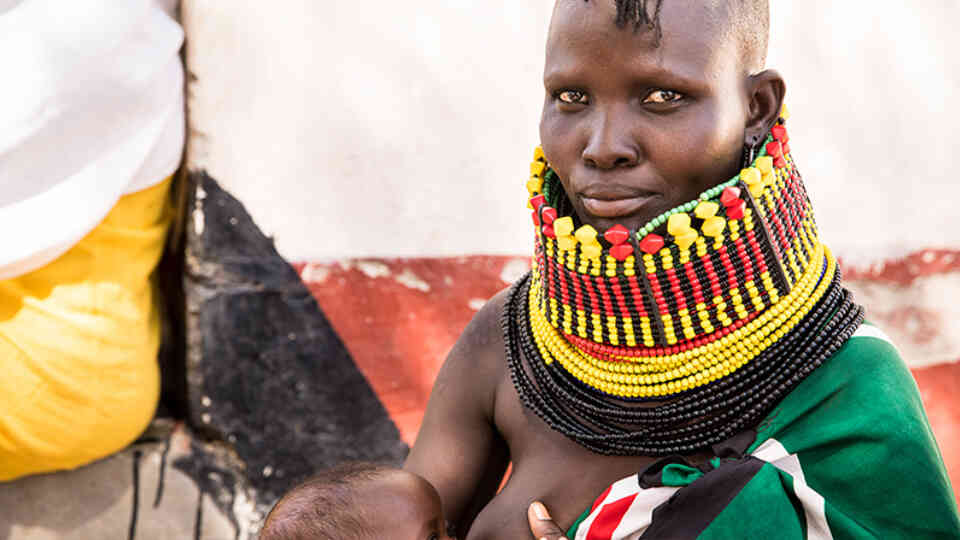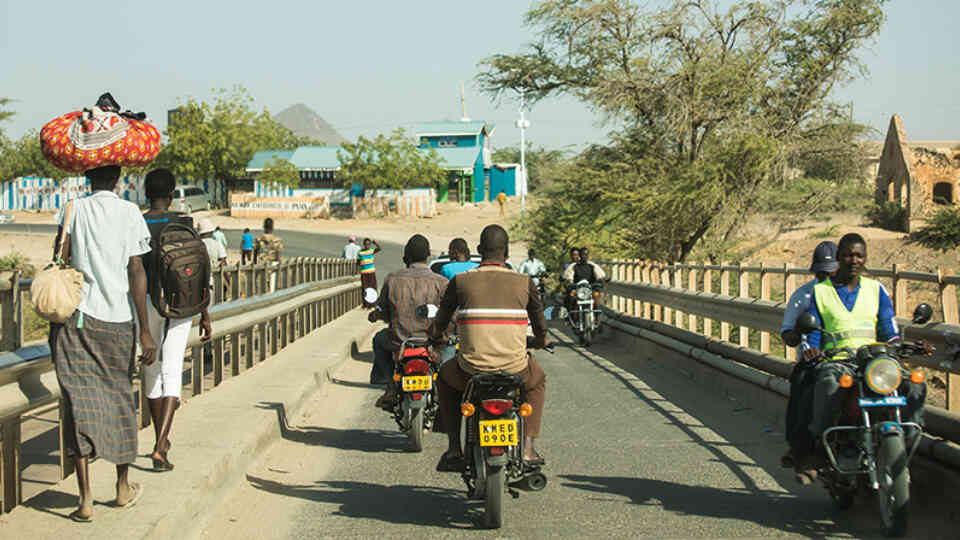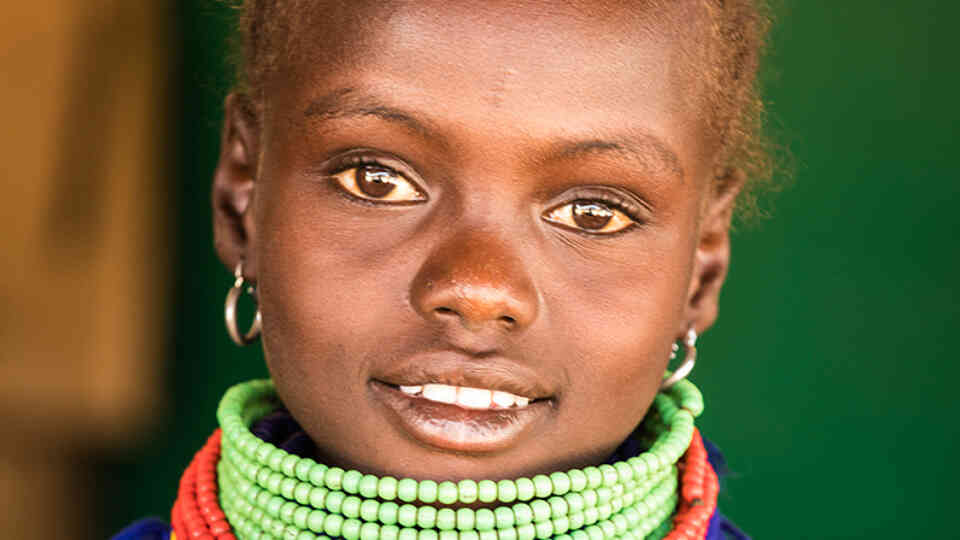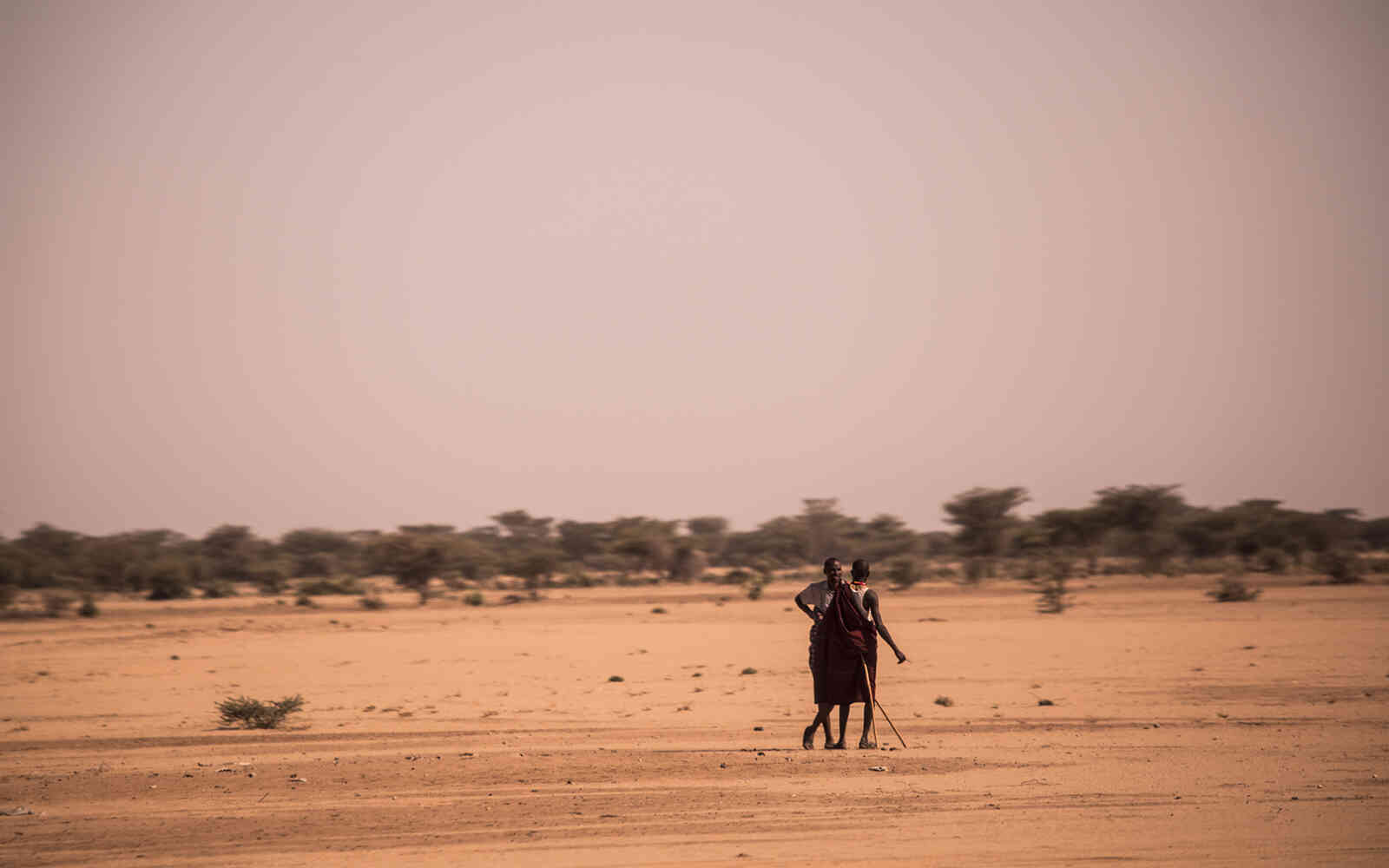The United Nations Office for Project Services (UNOPS)

Health matters: Tackling maternal mortality in Kenya
Access to health is a basic right, one that is central to a life of dignity. Yet social and economic inequities exclude too many people from enjoying good health. Women and girls, remain a highly vulnerable group and maternal health is still one of the biggest concerns worldwide.
As countries unite to reduce maternal mortality, under Global Goal 3, we must keep the stories and experiences of people who live through the challenges of healthcare alive and use them as the backbone of our work. We need to ask … what does life look like when healthcare is not a given; when accessing it is a challenge? What does it feel like when lives hang-in-the-balance as people struggle to find the services they need?
In a three-part series, we explore the trials, triumphs and hopes of a community that live in Turkana, one of Kenya’s poorest counties. Join our journey.


















